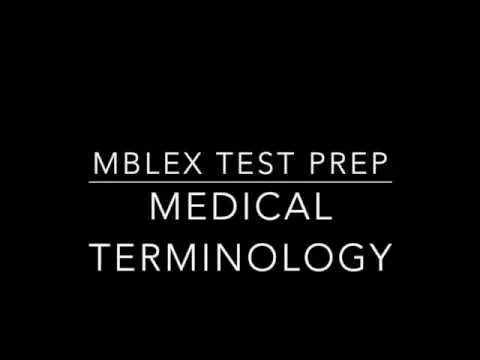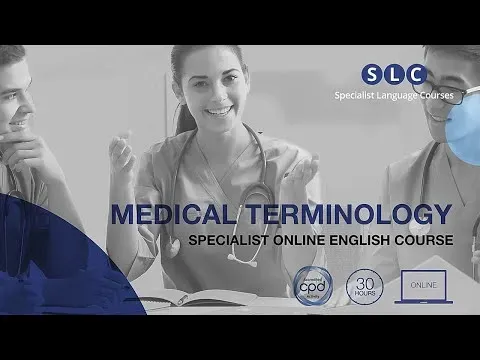
How to Read and Interpret a Scientific Paper

Do you need to understand scientific papers but don't have a strong science background? This course is for you! Learn how to read and interpret scientific papers with Dr. Emma Nichols, a PhD in molecular biology and a Master's degree in technical communication. Get up and running quickly and form your own opinions about the science. Discover shortcuts to save time and learn how to determine what you need to read from a paper. Hear from past students who have benefited from the course and learn about the structure of a scientific article, study population and trial design, different study designs, statistical significance, sensitivity and specificity, and more. Get the skills you need to read and interpret scientific papers today!▼
Course Feature
![]() Cost:
Cost:
Paid
![]() Provider:
Provider:
Udemy
![]() Certificate:
Certificate:
Paid Certification
![]() Language:
Language:
English
![]() Start Date:
Start Date:
2018-06-21
Course Overview
❗The content presented here is sourced directly from Udemy platform. For comprehensive course details, including enrollment information, simply click on the 'Go to class' link on our website.
Updated in [July 25th, 2023]
Dr. Emma Nichols offers a course on How to Read and Interpret a Scientific Paper. This course is designed for grad students, patients, medical students, clinicians, and researchers who need to understand and make sense of scientific papers. With her PhD in molecular biology and Master's degree in technical communication, Dr. Nichols is well-qualified to teach this course. She has read many scientific papers in her time and has developed shortcuts to help save time.
This course will cover the structure of a scientific article, important terms related to study population and trial design, different study designs and their implications, terms used to describe results, statistical significance and confidence intervals, sensitivity and specificity, adverse events and placebo effect, impact factor and peer review. At the end, Dr. Nichols will discuss three papers and talk about how to approach reading them from the perspective of a patient, a clinician, and researcher, respectively.
Most sections are suitable for people without a strong science background, but there is one section that goes into detail about different ways to report results and might be a bit slow going for someone who is not familiar with the topic. Likewise, some basic knowledge of statistics is recommended.
Course Provider





